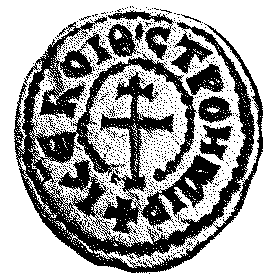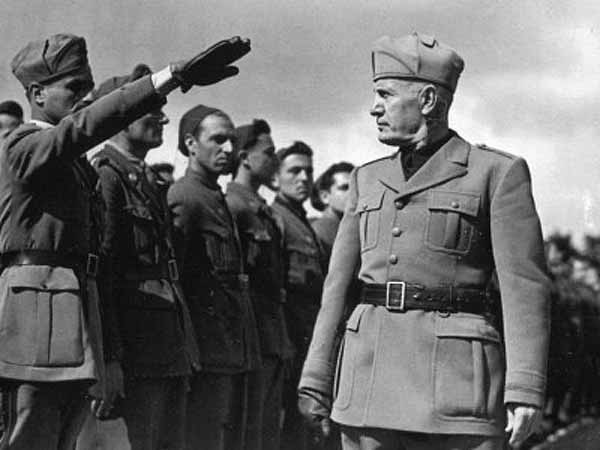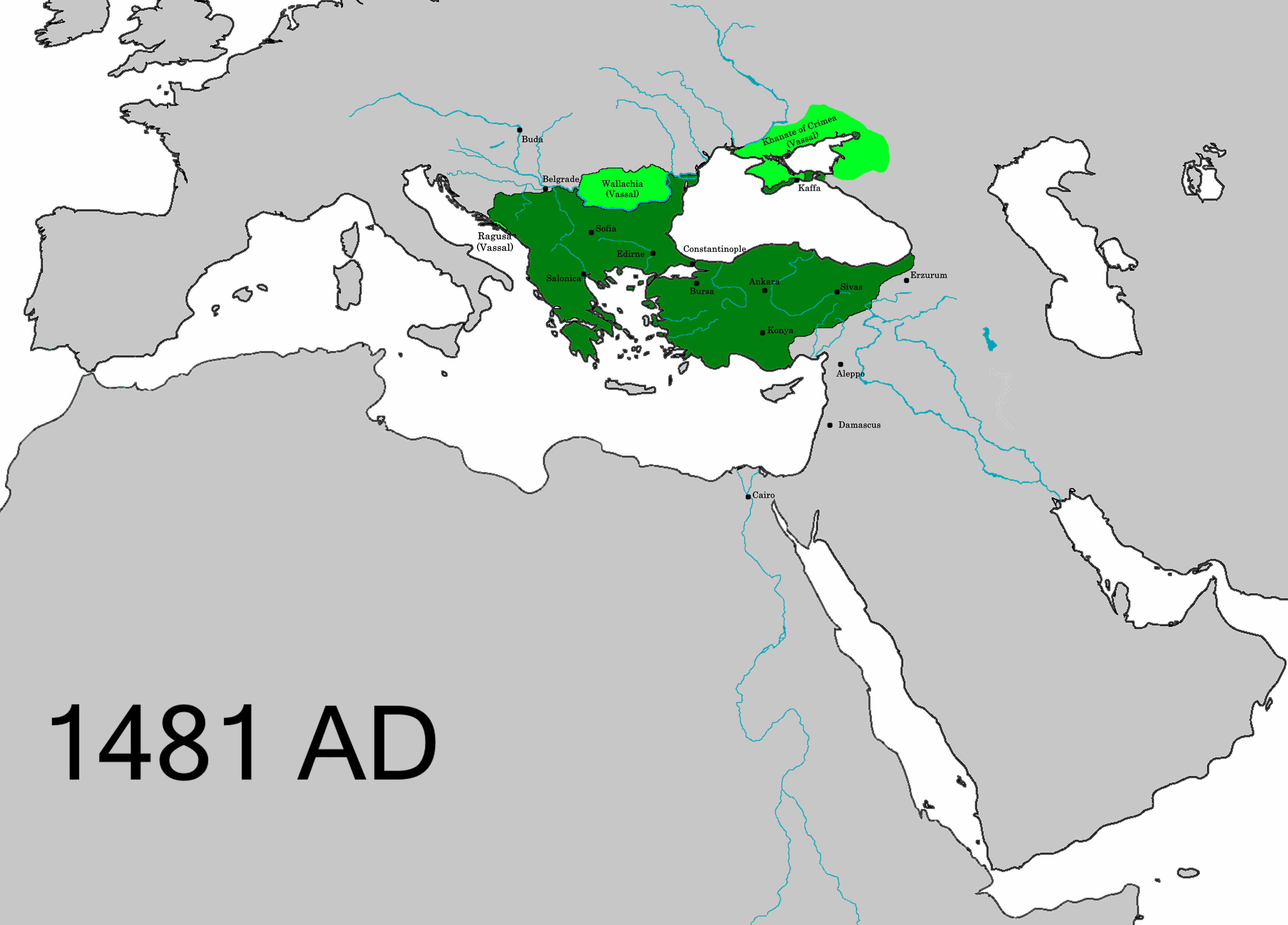|
Krušedol Monastery
The Krušedol Monastery ( sr-cyr, Манастир Крушедол, Manastir Krušedol, ) is a Serbian Orthodox monastery on the Fruška Gora mountain in the Syrmia region, northern Serbia, in the province of Vojvodina. The monastery is the legacy of the last Serbian despot family of Syrmia - Branković. Dedicated to the Annunciation to the Blessed Virgin Mary, it has been described as the "spiritual beacon" of Fruška Gora and "Second Studenica". History It was founded between 1509 and 1514 by Saint Maksim Branković, Metropolitan of Belgrade and Srem, and his mother Saint Angelina of Serbia. Original idea to be turned into the mausoleum of the Branković family. Initially, the monastery enjoyed the financial support of Neagoe Basarab (who was married to Serbian princess Milica Despina of Wallachia), and Grand Prince Vasili III of Russia. In 1708, it became the seat of the Metropolitanate of Krušedol. In 1670, it had the largest brotherhood of all monasteries on Fr ... [...More Info...] [...Related Items...] OR: [Wikipedia] [Google] [Baidu] |
Serbian Orthodox Church
The Serbian Orthodox Church ( sr-Cyrl-Latn, Српска православна црква, Srpska pravoslavna crkva) is one of the autocephalous (ecclesiastically independent) Eastern Orthodoxy, Eastern Orthodox Eastern Orthodox Church#Constituencies, Christian churches. The majority of the population in Serbia, Montenegro and Republika Srpska of Bosnia and Herzegovina are Baptism, baptised members of the Serbian Orthodox Church. It is organized into metropolis (religious jurisdiction), metropolitanates and eparchies, located primarily in Serbia, Bosnia and Herzegovina, Montenegro, and Croatia. Other congregations are located in the Serb diaspora. The Serbian Patriarch serves as first among equals in his church. The current patriarch is Porfirije, Serbian Patriarch, Porfirije, enthroned on 19 February 2021. The Church achieved Autocephaly, autocephalous status in 1219, under the leadership of Saint Sava, becoming the independent Archbishopric of Žiča. Its status was elevated ... [...More Info...] [...Related Items...] OR: [Wikipedia] [Google] [Baidu] |
Milica Despina Of Wallachia
Milica Despina ( sr-cyrl, Милица Деспина; ; – 30 January 1554) was the Princess consort of Wallachia by marriage to Neagoe Basarab (). She was regent of Wallachia from 1521 to 1522, on the behalf of her son Teodosie of Wallachia. In later years, she became a nun, and took the name Platonida. Life Princess Milica Despina was of Serbian origin, and closely related to noble houses of Branković and Lazarević. In historiography, there are several theories about her parents. Some scholars think that she was one of the daughters of Serbian despot Jovan Branković who died in 1502. Others think that she was daughter of Jovan's elder brother, Serbian despot Đorđe Branković who died in 1516. There is also some other views about her origin.Nicolescu, 95–117. Issue Milica Despina and Neagoe Basarab had six children: * Teodosie of Wallachia * Stana of Wallachia married to Stephen IV of Moldavia * Petru * Ioan * Roxanda (Ruxandra) of Wallachia married to Radu of Afu ... [...More Info...] [...Related Items...] OR: [Wikipedia] [Google] [Baidu] |
Stefan Tenecki
Stefan Tenecki (; 1720 in Romanian Ștefan Tenețchi; Lipova, Arad, Habsburg monarchy – 1789 in Certege, Alba (near Câmpeni), Habsburg Monarchy) was a prolific Serbian icon painter of Aromanian origin who developed a rich artistic activity in Serbia, Romania and Hungary in the eighteenth century. Tenecki is regarded as the first painter who adapted the Byzantine tradition with the style of the Baroque to the needs of Orthodox Serbs and Romanians. Biography Stefan Tenecki was born in the town of Lipova, near the city of Arad, in 1720. He was among the first Serbian artists to study painting in Kiev and at the Vienna Academy. His work was sought by several Serbian bishops in the course of his long career as an artist, Tenecki was an example of the Russian and Ukrainian Baroque style. Observing the talent of this young painter, Serbian Orthodox Bishop Isaja Antonović of Arad and Metropolitan of Karlovci (1731-1749) sent Tenecki to study at the painting school of Kiev Pechersk La ... [...More Info...] [...Related Items...] OR: [Wikipedia] [Google] [Baidu] |
Vasilije Romanovich And Jov Vasilijevich
Vasilije Romanovič (Kiev, Imperial Russia, c. 1700 - Hopovo, now Serbia, 1773) and Jov Vasilijevič (Kiev, Imperial Russia, c. 1700 - Kiev, Imperial Russia, after 1760) were accomplished icon painters who came from Imperial Russia to Srem on an invitation from the Arsenije IV Jovanović Šakabenta together with a group of Serbian newly graduated academic artists of the Kiev Pechersk Lavra. Romanovič became part of the teaching staff of a newly-constructed Academy of Painting, built and funded by the metropolitan, while Vasiljevič became a court painter of the Metropolitanate of Karlovci. Romanovič settled in the Monastery of Hopovo where he became tonsured as a monk and where he died in 1773. His painting can be found in every church and monastery throughout Fruska Gora and other neighbouring regions, including Besenovo Monastery, ''Pravoslavna Crkva Roždestva Presvete Bogorodice'', Serbian Orthodox church in Slatinski Drenovac''Bogorodicina crkva'' in Morović and many other ... [...More Info...] [...Related Items...] OR: [Wikipedia] [Google] [Baidu] |
Sundial
A sundial is a horology, horological device that tells the time of day (referred to as civil time in modern usage) when direct sunlight shines by the position of the Sun, apparent position of the Sun in the sky. In the narrowest sense of the word, it consists of a flat plate (the ''dial'') and a gnomon, which casts a shadow onto the dial. As the Sun diurnal motion, appears to move through the sky, the shadow aligns with different hour-lines, which are marked on the dial to indicate the time of day. The ''style'' is the time-telling edge of the gnomon, though a single point or ''nodus'' may be used. The gnomon casts a broad shadow; the shadow of the style shows the time. The gnomon may be a rod, wire, or elaborately decorated metal casting. The style must be polar alignment, parallel to the axis of the Earth's rotation for the sundial to be accurate throughout the year. The style's angle from horizontal is equal to the sundial's geographical latitude. The term ''sundial'' can r ... [...More Info...] [...Related Items...] OR: [Wikipedia] [Google] [Baidu] |
Baroque
The Baroque ( , , ) is a Western Style (visual arts), style of Baroque architecture, architecture, Baroque music, music, Baroque dance, dance, Baroque painting, painting, Baroque sculpture, sculpture, poetry, and other arts that flourished from the early 17th century until the 1750s. It followed Renaissance art and Mannerism and preceded the Rococo (in the past often referred to as "late Baroque") and Neoclassicism, Neoclassical styles. It was encouraged by the Catholic Church as a means to counter the simplicity and austerity of Protestant architecture, art, and music, though Lutheran art#Baroque period, Lutheran Baroque art developed in parts of Europe as well. The Baroque style used contrast, movement, exuberant detail, deep color, grandeur, and surprise to achieve a sense of awe. The style began at the start of the 17th century in Rome, then spread rapidly to the rest of Italy, France, Spain, and Portugal, then to Austria, southern Germany, Poland and Russia. By the 1730s, i ... [...More Info...] [...Related Items...] OR: [Wikipedia] [Google] [Baidu] |
Morava Architectural School
Morava architectural school (, sr-Cyrl, Моравска школа архитeктуре), also known as the Morava style (, sr-Cyrl, Моравски стил), or simply as the Morava school (, sr-Cyrl, Моравска школа, link=no), is an ecclesiastical architectural style that flourished in the Serbian Late Middle Ages (ca. 1370–1459), during the reign of the Lazarević and Branković dynasties. The churches and monasteries were built by the rulers Lazar Hrebeljanović (1370–1389), Stefan Lazarević (1402–1427) and Đurađ Branković (1427–1456) and their nobility. The first endowment was the royal tomb of Ravanica. The main achievement of the Morava School is the splendor of the sculptural elements. The decorative stone plastic of the Moravska School represents one of the most original artistic achievements of medieval Serbian art. Decorative elements characteristic of this artistic school typically consist of geometric arabesque with stylized floral orn ... [...More Info...] [...Related Items...] OR: [Wikipedia] [Google] [Baidu] |
World War II
World War II or the Second World War (1 September 1939 – 2 September 1945) was a World war, global conflict between two coalitions: the Allies of World War II, Allies and the Axis powers. World War II by country, Nearly all of the world's countries participated, with many nations mobilising all resources in pursuit of total war. Tanks in World War II, Tanks and Air warfare of World War II, aircraft played major roles, enabling the strategic bombing of cities and delivery of the Atomic bombings of Hiroshima and Nagasaki, first and only nuclear weapons ever used in war. World War II is the List of wars by death toll, deadliest conflict in history, causing World War II casualties, the death of 70 to 85 million people, more than half of whom were civilians. Millions died in genocides, including the Holocaust, and by massacres, starvation, and disease. After the Allied victory, Allied-occupied Germany, Germany, Allied-occupied Austria, Austria, Occupation of Japan, Japan, a ... [...More Info...] [...Related Items...] OR: [Wikipedia] [Google] [Baidu] |
Austro-Turkish War (1716–1718)
The Austro-Turkish War (1716–1718) was fought between Habsburg monarchy and the Ottoman Empire. The 1699 Treaty of Karlowitz was not an acceptable permanent agreement for the Ottoman Empire. Twelve years after Karlowitz, it began the long-term prospect of taking revenge for its defeat at the Battle of Vienna in 1683. First, the army of Turkish Grand Vizier Baltacı Mehmet defeated Peter the Great's Russian Army in the Russo-Turkish War (1710–1711). Then, during the Ottoman–Venetian War (1714–1718), Ottoman Grand Vizier Damat Ali reconquered the Morea from the Venetians. As the guarantor of the Treaty of Karlowitz, the Austrians threatened the Ottoman Empire, which caused it to declare war in April 1716. On 2 August 1716, the first engagement of the war took place at the Battle of Karlowitz, which resulted in an Ottoman victory. Three days later, Prince Eugene of Savoy defeated the Turks at the Battle of Petrovaradin. The Banat and its capital, Temesvár, ... [...More Info...] [...Related Items...] OR: [Wikipedia] [Google] [Baidu] |
Prince Eugene Of Savoy
Prince Eugene Francis of Savoy-Carignano (18 October 1663 – 21 April 1736), better known as Prince Eugene, was a distinguished Generalfeldmarschall, field marshal in the Army of the Holy Roman Empire and of the Austrian Habsburg dynasty during the 17th and 18th centuries. Renowned as one of the greatest military commanders of his era, Prince Eugene also rose to the highest offices of state at the Imperial court in Vienna spending six decades in the service of three emperors. Born in Paris, to the son of a French count and a niece of Cardinal Mazarin, Eugene was raised at the court of King Louis XIV. Initially destined for the priesthood as the youngest son of a noble family, he chose to pursue a military career at 19. Due to his poor physique and possibly a scandal involving his mother, Louis XIV denied him a commission in the French Royal Army and forbade him from enlisting elsewhere. Embittered, Eugene fled France and entered the service of Emperor Leopold I, Holy Roman Empe ... [...More Info...] [...Related Items...] OR: [Wikipedia] [Google] [Baidu] |
Ottoman Empire
The Ottoman Empire (), also called the Turkish Empire, was an empire, imperial realm that controlled much of Southeast Europe, West Asia, and North Africa from the 14th to early 20th centuries; it also controlled parts of southeastern Central Europe, between the early 16th and early 18th centuries. The empire emerged from a Anatolian beyliks, ''beylik'', or principality, founded in northwestern Anatolia in by the Turkoman (ethnonym), Turkoman tribal leader Osman I. His successors Ottoman wars in Europe, conquered much of Anatolia and expanded into the Balkans by the mid-14th century, transforming their petty kingdom into a transcontinental empire. The Ottomans ended the Byzantine Empire with the Fall of Constantinople, conquest of Constantinople in 1453 by Mehmed II. With its capital at History of Istanbul#Ottoman Empire, Constantinople (modern-day Istanbul) and control over a significant portion of the Mediterranean Basin, the Ottoman Empire was at the centre of interacti ... [...More Info...] [...Related Items...] OR: [Wikipedia] [Google] [Baidu] |
Szentendre
Szentendre, also known as Saint Andrew is a riverside town in Pest County, Hungary, between the capital city Budapest and Pilis Mountains, Pilis-Visegrád Mountains. The town is known for its museums (most notably the :hu: Szentendrei Szabadtéri Néprajzi Múzeum, Hungarian Open Air Museum), galleries, and artists. Due to its historic architecture along with easy accessibility via rail and river, it has become a destination for tourists staying in Budapest. There are many facilities, including Gift shop, souvenir shops and restaurants, catering to these visitors. Name The name of the town is ultimately based on the Medieval Latin form ' ("St. Andrew"). Because of the diverse mix of nationalities to have once settled in Szentendre, the settlement has a variety of names according to language. The Hungarian language, Hungarian name for the town is '; the Croatian language, Croatian name is '; the German language, German name is '; in Serbian language, Serbian, the name is ' ( sr-Cy ... [...More Info...] [...Related Items...] OR: [Wikipedia] [Google] [Baidu] |






